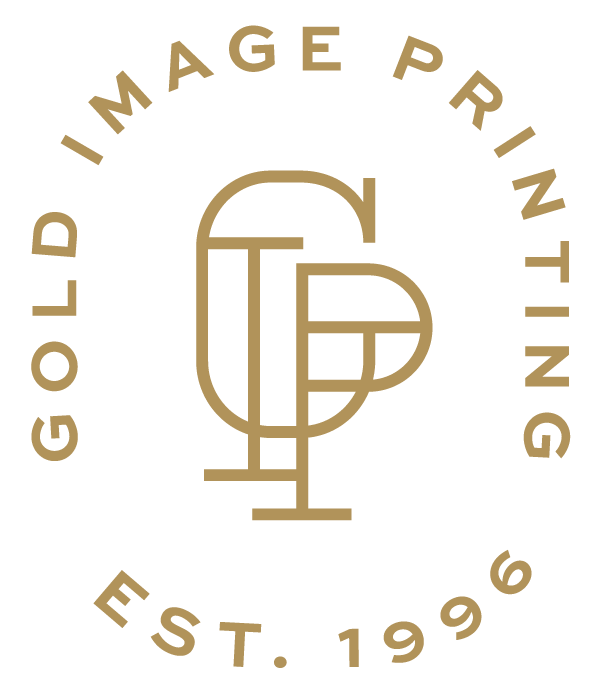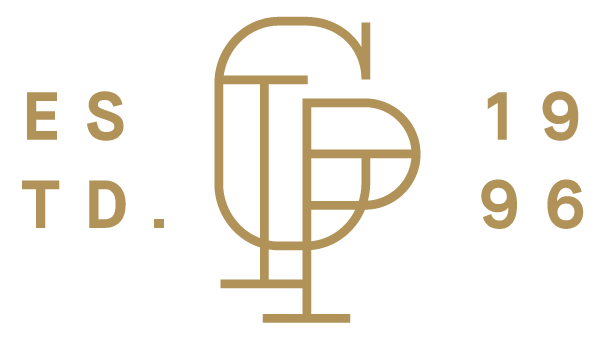If you’ve spent much time looking around at Gold Image Printing, you’ll know that choosing the type of paper for your project is one of the first design decisions we ask you to make. Maybe it’s your first time ordering Business Cards, and you don’t know what the industry standard paper thickness may be. Or perhaps you’re planning a budget-friendly wedding and want to design Wedding Invitations that will keep postage costs down. We’re here to give you a simple, easy-to-understand summary of the terminology we use in the printing industry to describe paper thickness differences and how they impact your project. We’ll also give you examples of common uses for specific paper stock weights so you can decide whether you want to stay with the tried-and-true or break with tradition when you make the call on paper thickness. At Gold Image Printing, the only one who gets the final say on the paper thickness of your custom printing project is you!
Understanding Terminology
The key to understanding paper weight differences is to become familiar with the terminology. Here are some of the common measurements we use to answer the question: How thick is a piece of paper?
Points (pt): The points system of measurement is used to indicate the thickness of an individual sheet of paper, with one point corresponding to one thousandth, or .001, of one inch. The higher the points, the thicker the paper.
Pounds (lb): In the United States, printers use pounds to indicate paper weight. We use 500 sheets, or a “ream,” as the starting point, and extrapolate the weight of an individual sheet of paper based on the given weight of the ream. Generally, the higher the weight in pounds, the thicker the individual sheets of paper contained in that ream.
Grams Per Square Meter (gsm): Since the metric system is the norm in most places outside of the United States, we use the gsm system to help explain thickness of paper in mm. If you take a sheet of paper that is 1 meter x 1 meter, gsm indicates the weight of that sheet. Once again, a higher paper weight gsm equates to a greater paper thickness.
So, let’s put it all together with an example! You’re designing elegant Gala Invitations, and you are considering printing them on our Royal Sundance Felt Ultra White Cover Stock. This paper type lists three different paper weights for printing: 12 pt, 110 lb, and 248 gsm. You can focus in on any one of these measurements that is easiest for you to understand, or evaluate all three for a comprehensive analysis of this paper weight meaning you’re one step closer to deciding whether this type of paper is right for your application!
Look and Feel
While these measurement systems are important to nerds like us who work in the printing industry, we understand that many of our customers are looking for a paper weight guide that helps them visualize how the paper thickness differences impact the look and feel of their design. While personal opinion is the most important guiding factor, it can also be helpful to understand some of the popular industry standards so that you can compare and contrast your preferred paper stock with those options.
Printer or copy paper is the most heavily used type of paper across the board, and is more utilitarian than decorative. While you wouldn’t necessarily use this type of paper for printing Invitations (and we make a great case for The Need for Print Invitations here on the blog), it gets the job done for most day-to-day office print jobs. Standard weight for printer paper is between 20 and 28 pounds, or 75 to 105 gsm, whereas most of the paper stocks at Gold Image Printing are at least three to four times that thickness.
Cardstock, AKA cover stock, tends to be thicker (60-130 lb, or 140-300 gsm), and is often used for mailers, like Greeting Cards, that will receive a lot of handling through the postal service. Cover stock also stands up well to more intensive design treatments like letterpressing and foil stamping, and is generally recognized to signify a more upscale, luxurious application. Most of our cover stocks offer a range of thicknesses, so if you want to shave a bit off your mailing fees, simply opt for a slightly thinner stock. It’s a universal reality that less weight means less postage!
Duplexing is a specialty process that essentially doubles up two sheets of paper stock via an adhesive to really amp up the thickness. Whatever paper stock you choose for your project, you can opt to have it duplexed for twice as much thickness and weight. Duplexing is a great way to make a statement with Postcards, Notecards, or any custom printing project.
How to Choose
Now that you understand the terminology and can visualize some of the key differences when it comes to paper thicknesses, it’s time to return to that initial question of what paper type to choose. And this is where the fun gets going: at Gold Image Printing, you don’t have to stick to industry “norms,” but can select any of our premium Paper Stocks, in any thickness, for nearly any project! Just because all the Save the Dates you’ve ever received have been printed on 14pt Matte Cover Paper, doesn’t mean yours can’t be printed on eco-friendly 120 lb Desert Storm Kraft Paper that’s made from 100% recycled material, with earthy fiber flecks throughout! Even Custom Die Cut Stickers come with options for paper thickness and finishes that will transform the look of your final result.
Having the paper weights explained is a good first step, but what if you’re considering two different thicknesses of the same paper type? If you could use a second opinion, you can always reach out to our team for a custom quote, and we will be happy to help you narrow the field or suggest options you didn’t even consider. Get access to expert advice and the full range of Paper Stocks when you print your next project with Gold Image Printing, the leading online printing service!


